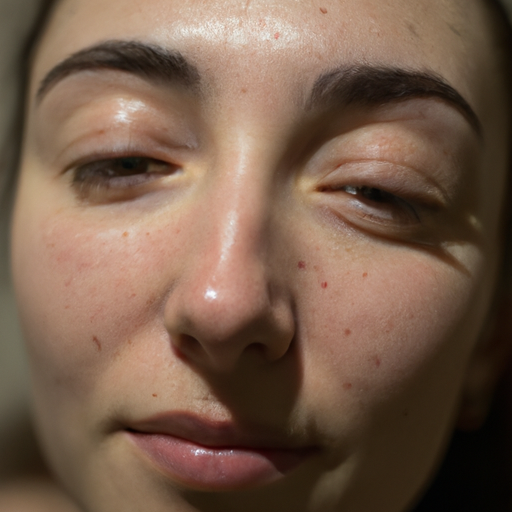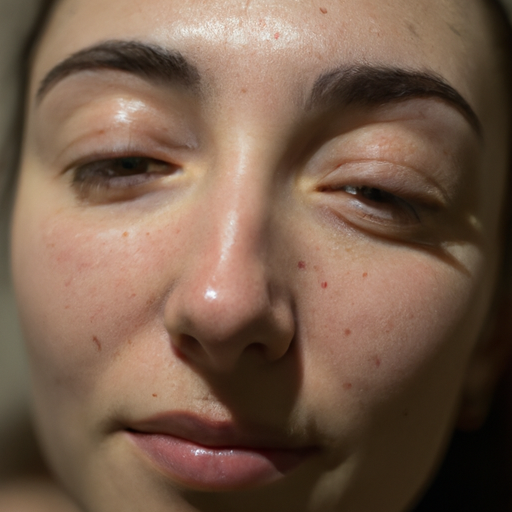Hyperpigmentation, a common and often harmless condition, is characterized by patches of skin becoming darker than the surrounding skin due to an excess of melanin, the brown pigment that produces normal skin color. This condition can affect people of all skin types and ages, and can be caused by various factors including sun exposure, hormonal changes, inflammation, or injury to the skin. As a medical professional, I am often asked about effective treatments for hyperpigmentation. Today, I will unmask the secrets behind some of the most effective cures for this condition.
Firstly, it is crucial to understand that prevention is always better than cure. Protecting your skin from the sun’s harmful UV rays is the first step in preventing hyperpigmentation. Regular use of a broad-spectrum sunscreen with a high SPF can significantly reduce the risk of developing dark spots and patches.
However, if you are already dealing with hyperpigmentation, there are several effective treatments available. Over-the-counter (OTC) creams containing ingredients like hydroquinone, kojic acid, retinoids, and vitamin C can help lighten dark spots. Hydroquinone is a potent compound that inhibits the production of melanin in the skin, while retinoids increase cell turnover, helping to remove darkened layers of skin. Vitamin C is a potent antioxidant that can neutralize the free radicals that cause damage to your skin cells.
For more stubborn cases of hyperpigmentation, medical treatments may be necessary. Chemical peels, microdermabrasion, and laser therapy are some of the options available. Chemical peels involve applying a solution to the skin that causes it to exfoliate and eventually peel off, revealing new, lighter skin underneath. Microdermabrasion is a minimally invasive procedure that uses tiny crystals to exfoliate the surface layer of skin, promoting the growth of new, more evenly pigmented skin. Laser therapy, on the other hand, uses focused light energy to remove the outer layer of skin, stimulating the growth of new skin cells.
While these treatments can be effective, they should be administered by a trained professional to avoid potential side effects such as skin irritation, redness, and in some cases, worsening of hyperpigmentation. It is also important to note that these treatments may require multiple sessions to achieve desired results.
In addition to these treatments, certain lifestyle changes can also help manage hyperpigmentation. A diet rich in antioxidants can help protect your skin from damage. Foods like berries, dark chocolate, nuts, and green leafy vegetables are high in antioxidants. Also, staying hydrated and getting enough sleep can help your skin stay healthy and may reduce the appearance of dark spots.
Finally, it is essential to remember that everyone’s skin is different. What works for one person may not work for another. Therefore, it is always best to consult with a dermatologist or a skin care professional before starting any new treatment for hyperpigmentation.
In conclusion, while hyperpigmentation can be a frustrating condition to deal with, there are several effective treatments available. From over-the-counter creams to medical procedures and lifestyle changes, there are many ways to manage this condition and achieve a more even skin tone. As always, prevention is key, so remember to protect your skin from the sun and take care of your overall health.




